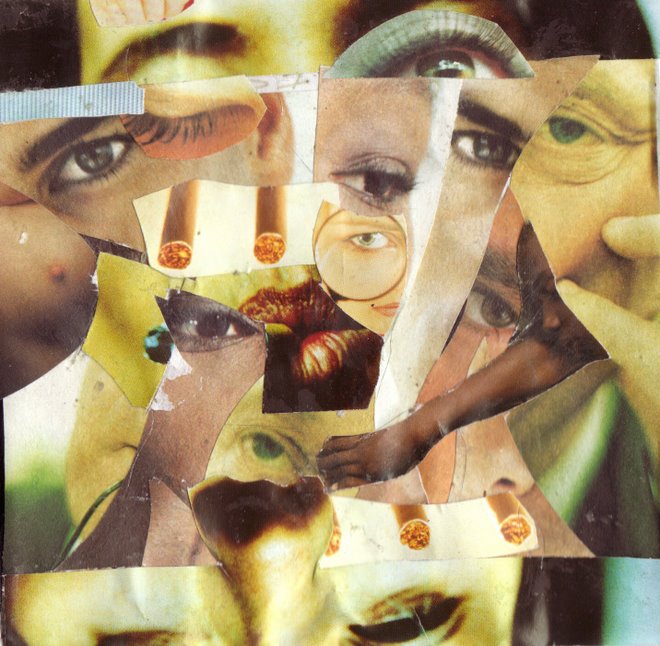The common wisdom in American culture is that revolutionary ideas originate on the coasts and gradually migrate inward. But in the experimental-music sphere, this notion has been under fire for at least four decades, due in no small part to the Association for the Advancement of Creative Musicians.
Founded in 1965 on the South Side of Chicago, the group gave African-American musicians reared on jazz standards a forum to explore their most ambitious creative fantasies via workshops, self-produced concerts and an atmosphere of familial solidarity. To call the AACM a success would be selling it short: Without the ongoing contributions of veteran members such as Anthony Braxton, Henry Threadgill and the Art Ensemble of Chicago, as well as younger representatives like Matana Roberts and Nicole Mitchell, the international jazz and avant-garde scenes would be markedly less vibrant.
The AACM, which began as the brainchild of four musicians and has grown to include more than 40, has long enthralled critics and fans. But a comprehensive chronicle has been lacking. That changes this month with the release of George E. Lewis’s A Power Stronger than Itself: The AACM and American Experimental Music. Combining musicology with cultural history and candid reminiscence, the 600-plus-page book benefits greatly from its author’s own experiences as a longtime member of the collective. A remarkable trombonist, Lewis will perform with pianist and AACM cofounder Muhal Richard Abrams and trumpeter Wadada Leo Smith at the tome’s Friday 9 release party, which also features a panel discussion moderated by critic Greg Tate.
Lewis’s close proximity to his subjects, some of the most formidably brilliant American artists of the past half century, was certainly a boon to the project. Yet as the 55-year-old author made clear during a recent conversation at his office at Columbia University (where he heads the Center for Jazz Studies), even being an AACM member didn’t open every door. “I hadn’t really met some of the first generation of the AACM,” he notes, soon laughing. “I’m sure people called Muhal and said, ‘Who is this guy? He says he knows you.’ ”
Fortunately for Lewis, the group was diligent in documenting its early activities. In addition to conducting more than 60 interviews for the project, the author drew on tapes from the AACM’s early meetings, which helped keep his narrative grounded. “The original members seemed much more interested in changing their particular situation,” Lewis notes of the recordings. “They weren’t saying, [Adopts nerdy tone] ‘We have to change everything about jazz.’ ”
Whatever the AACM’s effect on jazz at large, it has had an indisputable life-changing influence on its members. Countless testimonies in the book cite Abrams as a guru who helped awaken future masters, such as the Art Ensemble’s Roscoe Mitchell, to their creative powers. “I don’t subscribe to the mentorship idea,” the 77-year-old Abrams counters, during a meeting at a midtown sandwich shop. “Although quite a few of the people were younger and less experienced than myself, I think [the relationships] were more or less collaborations.”
Lewis offers a compelling portrayal of this crucial give-and-take between members, but perhaps even more important is his extensive unpacking of the collective’s critical reception. The book shrewdly examines instances when players such as Abrams and Braxton were denounced in the press for exploring electronics, extended composition and other areas that were deemed unacceptable for black artists, and goes on to situate the AACM in the larger 20th-century avant-garde canon alongside figures like John Cage. “I’m looking at the music landscape and seeing a lot of people running around experimenting in a very conscious way,” Lewis states. “But when I read the literature, I only see certain people being talked about. So you have to go in there and say, ‘Let’s put some new actors onstage.’ ”
Critical myopia wasn’t the only adversity the AACM faced. Lewis candidly documents various internal struggles, including controversy over the admission of white members and friction between the organization’s hometown contingent and those who decamped for New York in the ’70s. “I think I was able to convince people that it was better to let as much of it hang out as they were comfortable with,” Lewis says, and Abrams concurs. “We’re human, so it’s best that [the book] look human,” he states, smiling. “We’ve stayed strong because sometimes we agree not to agree. But we never lose the idea of staying together in order to produce the music.”
More than 40 years on, that idea remains prominent in the minds of the AACM’s architects, as Lewis recently learned firsthand at the book’s Chicago release party. “People had tears in their eyes, holding it,” he recalls. “I didn’t realize how long [the original members] had been waiting for tangible evidence that their obsession somehow bore fruit.”
Association for the Advancement of Creative Musicians:
35th Anniversary Festival
Museum of Contemporary Art
Chicago, IL
4/27-30/00
____________________________________
Thursday April 27
New Horizons Ensemble with James Newton
Ernest Dawkins, leader and saxophones, clarinet, flutes, percussion
Harrison Bankhead, contrabass
Stephen Berry, trombone
Yosef Ben Israel, bass
Ameen Muhammad, trumpet, percussion
James Newton, flutes
Jeffrey Parker, guitar
Avreeayl Ra, drums, percussion
Unidentified titles no cutting total timing 56:21













.jpg)














